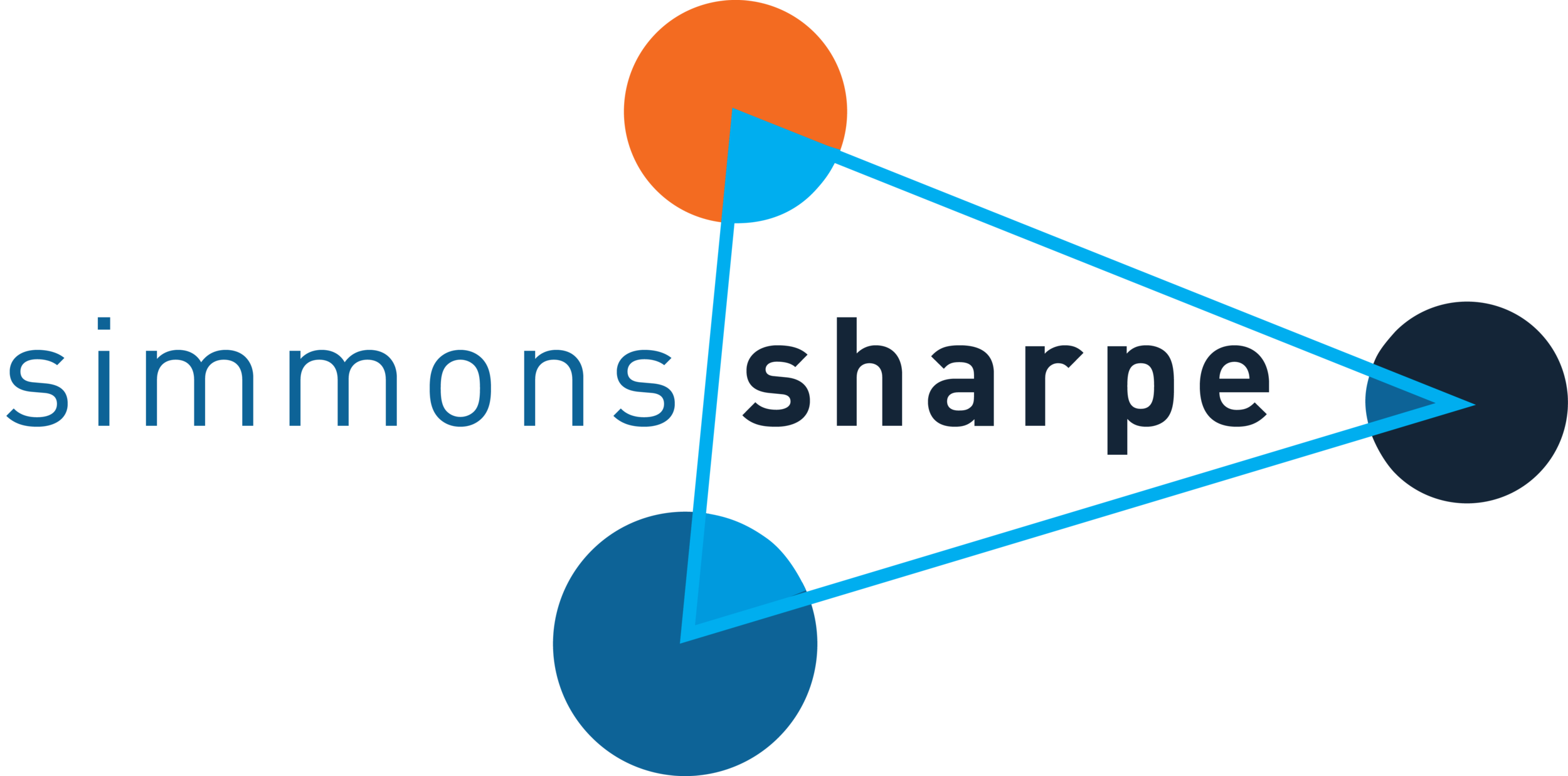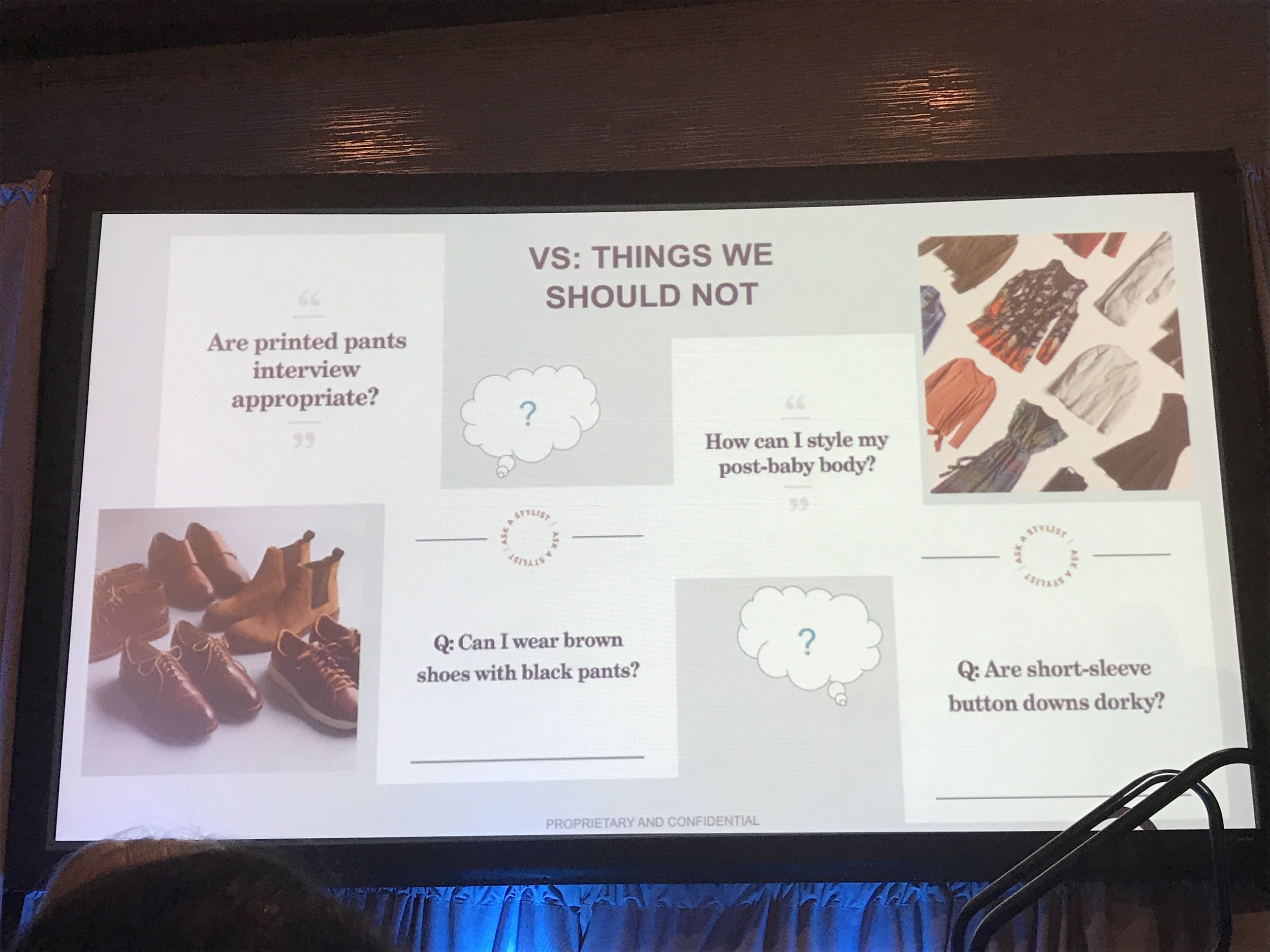Why Bots Live - But Humans Will Never Die
“Within thirty years, we will have the technological means to create superhuman intelligence. Shortly after, the human era will be ended.”
"So, Heather, should we allow expert systems to diagnose and treat breast cancer?" Every student at Harvard Business School dreads the cold call, and I'd just gotten one for the ages. It was the Spring of 1990, years before the world knew about the singularity, or even the Internet. But my professor John Sviokla was way ahead of his time. He asked again - could machine intelligence replace human smarts in these crucial tasks?
Fast forward almost 30 years, and we're still asking the question.
At Spredfast's 2017 Smart Social Summit, leaders from brands such as Live Nation, Spredfast, Stitch Fix, Facebook, and others took a shot at the answer. In two separate sessions, these social experts spoke about how they are using the combination of automation, AI, and human touch to build better customer experiences.
In "Agents, Bots, and Where They Meet: The Next Iteration of Social Care," Spredfast's Josh Rickel, VP Product Marketing, proposed a different future view than that put forth by singularity proponents like Vernor Vinge and Ray Kurzweil. Josh's take:
- The combination of AI, automation, and human touch creates the best customer experiences. Machines have to know when to hand off to humans, and vice versa.
- Customer experiences should be a constant, re-engaging conversation.
- With automation platforms such as Spredfast, brands know who the customer is, when they last spoke with them, and what that conversation was about. That context makes conversations more authentic.
After Josh spoke, we learned that Facebook, connector of millennials, grannies, and aging sorority sisters the world over, has recently rolled out some Messenger capabilities that businesses are taking notice of. There are more than 70 million businesses with a Facebook page today, and 20 million of those businesses are already actively messaging.
"Let's make business personal again, " said Rita Brogley, Facebook's Head of Product Growth. "The digital and mobile revolution gave consumers a way to communicate on a grand scale with businesses. In 10 seconds, you can put a CTA (call to action) on your business Facebook page that says 'Message Me.' Messenger is a way to bring a message at scale but still make it personal."
KLM uses Facebook's Messenger and a bot to issue more boarding passes and build relationships.
Rita made that big picture message real with the story of how KLM used bots, humans, and the Messenger platform to increase customer interactions by 40% and automate routine tasks like issuing boarding passes:
Rita then described how Sephora drove an 11% increase in makeover appointments through use of a Messenger bot. Customers with appointments spend, on average, $50 more in the store.
Rachel Daily, Client Experience Supervisor at personalized online styling company Stitch Fix, was up next. Listen to Rachel explain how automation technology helps scale a business built on personalization:
Rachel noted that there are some tasks that provide a better return through automation, by improving a rep's efficiency and lowering SLA times. These are primarily repetitive tasks with a well-defined process for resolution, such as exchanges, tracking numbers, passwords, and returns. She also pointed out that there are some questions a computer is just not good at answering.
A few questions that Stitch Fix will not automate.
“A computer is not going to understand a question about whether short-sleeved button down shirts are more dorky - because a computer doesn’t care about what’s dorky.”
Stitch Fix's 10 care agents answer these questions, and more. They split their time between social and other channels, such as email. Rachel said, "This keeps our message consistent across channels. It gives us a unified brand voice. People know what to expect from us." Rachel also commented that social workflow tools like Spredfast facilitate "authentic conversations" - because agents can see every conversation the customer has had with the company. The agents respond to the customer within a 4-hour SLA, on the channel they came in on. With the right team in place, there aren't a lot of guardrails for the care team:
“We just tell our customer experience agents to do what’s right. To be more human humans.”
Lastly, Stitch Fix uses data from social platforms to make human stylists smarter. "We use a Facebook game called Style Shuffle - it's a shirt and pants shuffle where people pick what they like and don't like. We then feed those results to our stylists - so if they don't like a certain style of pants, the stylist doesn't recommend that. It proactively set us up for success," commented Rachel.
A final, heartfelt message about how brands can make this combination work came during the Q&A for the next day's session, "Tomorrow's Customer Experience is Happening Today: What Content for Modern Consumers Looks Like." Watch Julia Heiser, EVP Digital, explain how Live Nation uses social platforms to control the message during a crisis while building authentic relationships with their music fan base.
Julia Heiser, EVP of Digital Marketing at Live Nation, on automation and the human touch in crisis communications.
Julia spoke a few hours after the news broke that Canadian Gord Downie of the Tragically Hip had died. She was standing next to Canadian Charlie Grinnell, Head of Social for Aritzia. I was sitting in the audience wearing my bomber jacket with the small red maple leaf on it, and for some reason Julia's comments hit me right in the feels. This despite the fact that my siblings say I remind them of Lieutenant Commander Data on Star Trek (Whaaat??? I think am much more like Mr. Spock).
Anyway, what's the upshot of all these thought-provoking discussions?
We're better together. Automation and artificial intelligence can make customer experiences more efficient and more personalized. But we still need handoffs to a person at the right time, which is where the next wave of innovation in automation will likely come from. It's the combination of automation, AI and the human touch that makes a much better experience for the customer. And that's what I said to John, nearly 30 years ago.
The half-human, half-Vulcan among us would be pleased. Live long and prosper.




